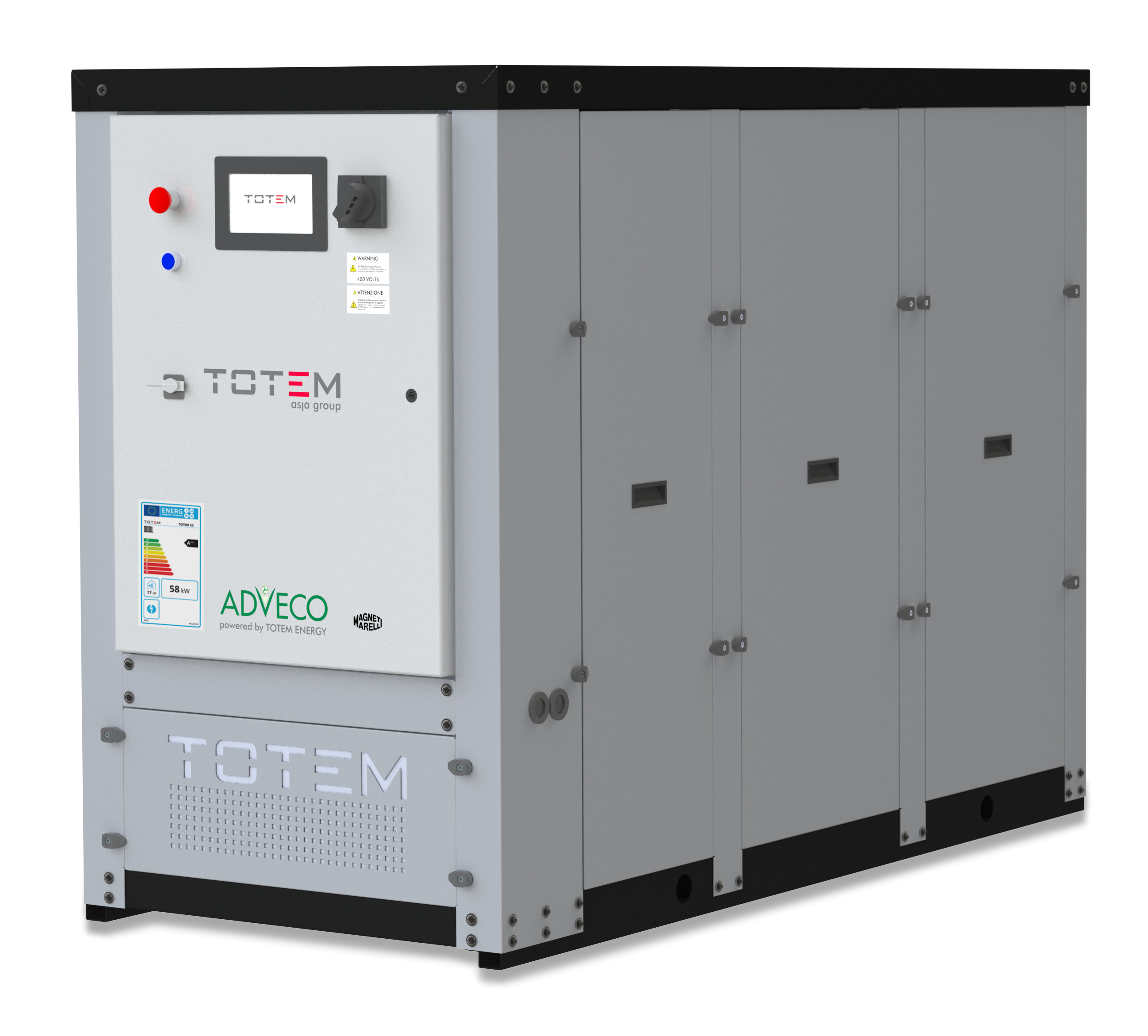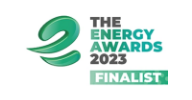Air Quality and Decentralised Electricity Policies
Environmental goals can be achieved with good product choice. The new Totem range of Combined Heat and Power units have NOx emissions of less than 10mg/kWh. This is less than 5% of the average NOx emission rate associated with the production of UK electricity and about 1/3 that of the cleanest condensing boilers available. The … Read more


















